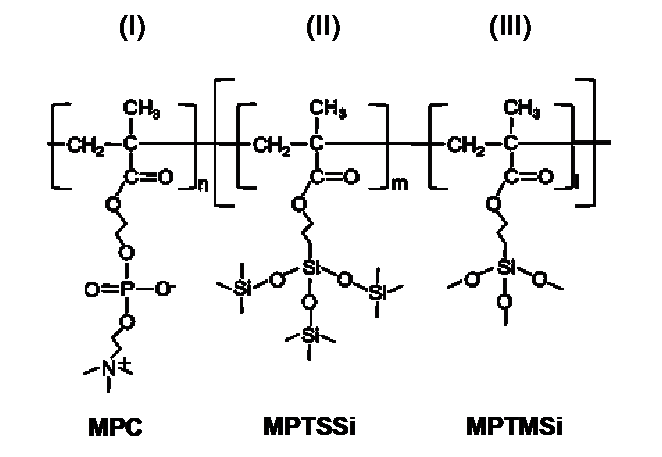
Enhanced Stability of Lipid Structures by Dip-Pen Nanolithography on Block-Type MPC Copolymer
-
Author:
H.-Y. Liu, R. Kumar, M. Takai, M. Hirtz
-
Source:
Molecules 25 (2020) 2768
- Date: 2020
-
Biomimetic lipid membranes on solid supports have been used in a plethora of applications, including as biosensors, in research on membrane proteins or as interfaces in cell experiments. For many of these applications, structured lipid membranes, e.g., in the form of arrays with features of different functionality, are highly desired. The stability of these features on a given substrate during storage and in incubation steps is key, while at the same time the substrate ideally should also exhibit antifouling properties. Here, we describe the highly beneficial properties of a 2-methacryloyloxyethyl phosphorylcholine (MPC) copolymer for the stability of supported lipid membrane structures generated by dip-pen nanolithography with phospholipids (L-DPN). The MPC copolymer substrates allow for more stable and higher membrane stack structures in comparison to other hydrophilic substrates, like glass or silicon oxide surfaces. The structures remain highly stable under immersion in liquid and subsequent incubation and washing steps. This allows multiplexed functionalization of lipid arrays with antibodies via microchannel cantilever spotting (µCS), without the need of orthogonal binding tags for each antibody type. The combined properties of the MPC copolymer substrate demonstrate a great potential for lipid-based biomedical sensing and diagnostic platforms.
